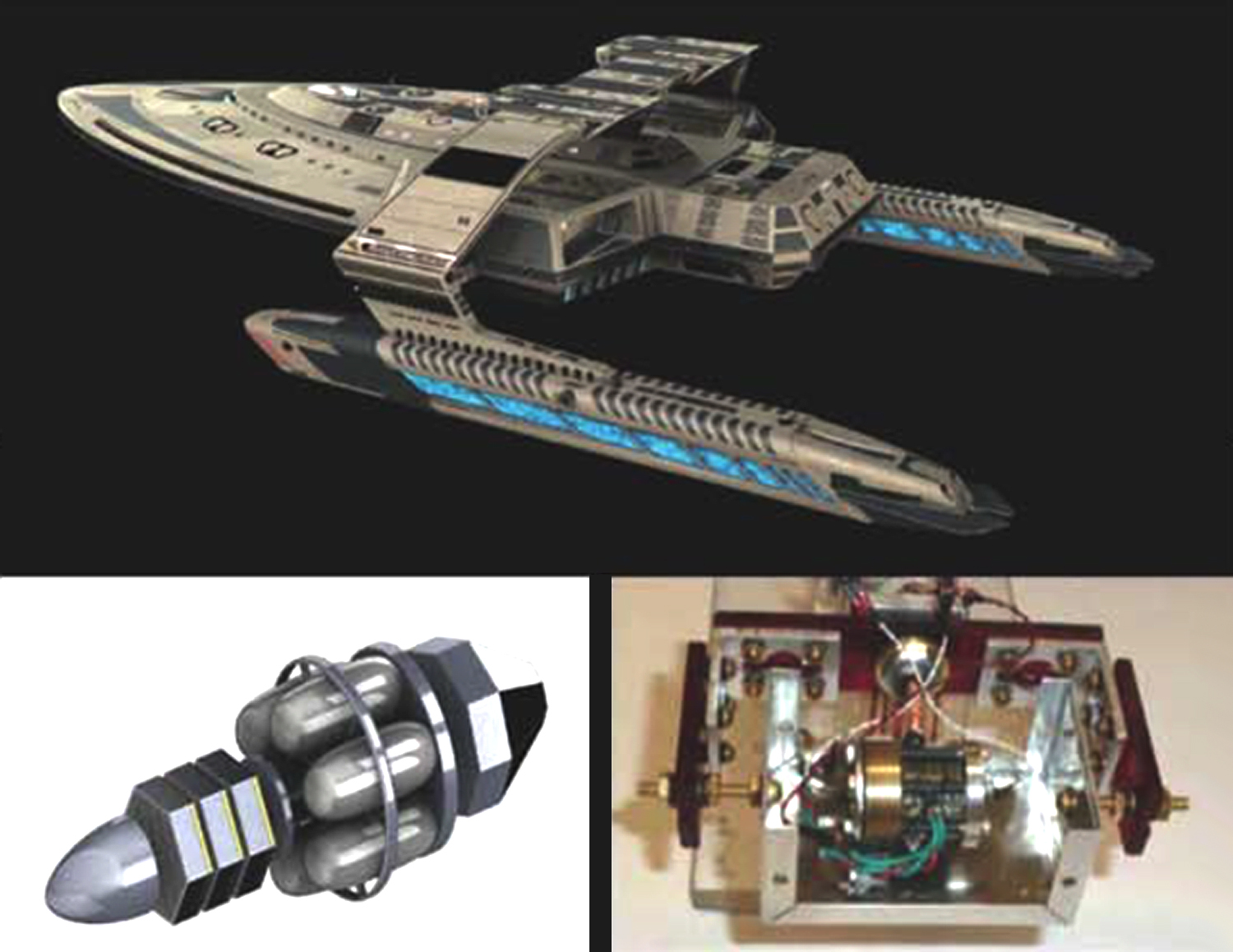Heidi Fearn
Space Studies Institute
Description
We propose to study the implementation of an innovative thrust producing technology for use in NASA missions involving in space main propulsion. Mach Effect Thruster (MET) propulsion is based on peer-reviewed, technically credible physics. Mach effects are transient variations in the rest masses of objects that simultaneously experience accelerations and internal energy changes. They are predicted by standard physics where Mach’s principle applies – as discussed in peer-reviewed papers spanning 20 years and a recent book, Making Starships and Stargates: the Science of Interstellar Transport and Absurdly Benign Wormholes published recently by Springer-Verlag. These effects have the revolutionary capability to produce thrust without the irreversible ejection of propellant, eliminating the need to carry propellant as required with most other propulsion systems.
Our initial Phase I effort will have three tasks, two experimental and one analytical:
- Improvement of the current laboratory-scale devices, in order to provide long duration thrust at levels required for practical propulsion applications.
- Design and development of a power supply and electrical systems to provide feedback and control of the input AC voltage, and resonant frequency, that determine the efficiency of the MET.
- Improve theoretical thrust predictions and build a reliable model of the device to assist in perfecting the design. Predict maximum thrust achievable by one device and how large an array of thrusters would be required to send a probe, of size 1.5m diameter by 3m, of total mass 1245 Kg including a modest 400 Kg of payload, a distance of 8 light years (ly) away.
Ultimately, once proven in flight and after more development, these thrusters could be used for primary mission propulsion, opening up the solar system and making interstellar missions a reality. The MET device is not a rocket, it does not expel fuel mass, and does not suffer from the velocity restriction of rockets. Freedom from the need to expel propellant means very high velocities might be achievable simply by providing electrical power and adequate heat rejection for the drive system. A mission to Planet 9 (or Planet X as it has been called) is possible in the near future using RTG power and thruster arrays. A future goal would be interstellar travel to the nearest exoplanet, within 5-9 ly distance. A mission of this type might take 20 or more years using the MET thruster. Although the nearest exoplanet is 14 or so ly distance, more Earth-like planets are being discovered daily.
This exciting TRL 1 technology, ready to take the next step to providing propellantless propulsion, first in incremental NASA smallsat missions, but later enabling revolutionary new deep space exploratory capabilities beyond anything achievable by conventional chemical, nuclear or electric propulsion systems. This unexplored opportunity has been uniquely developed by our co-Principal Investigators, breaking new ground in both science and engineering. Finally, it is technically credible – if bold and unconventional – and is fully consistent with modern physics, having been demonstrated over ten years of careful laboratory demonstration and investigation.































